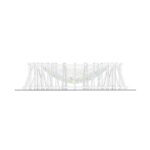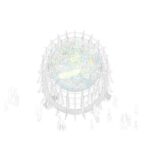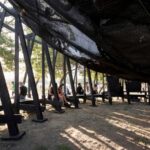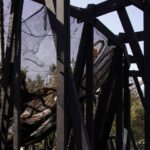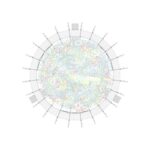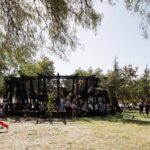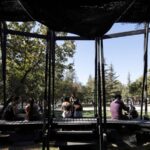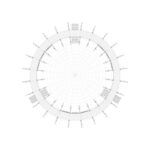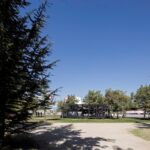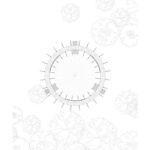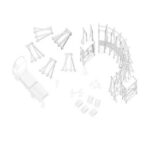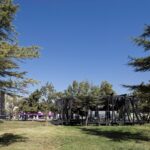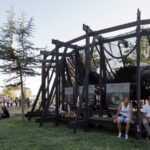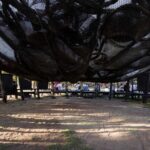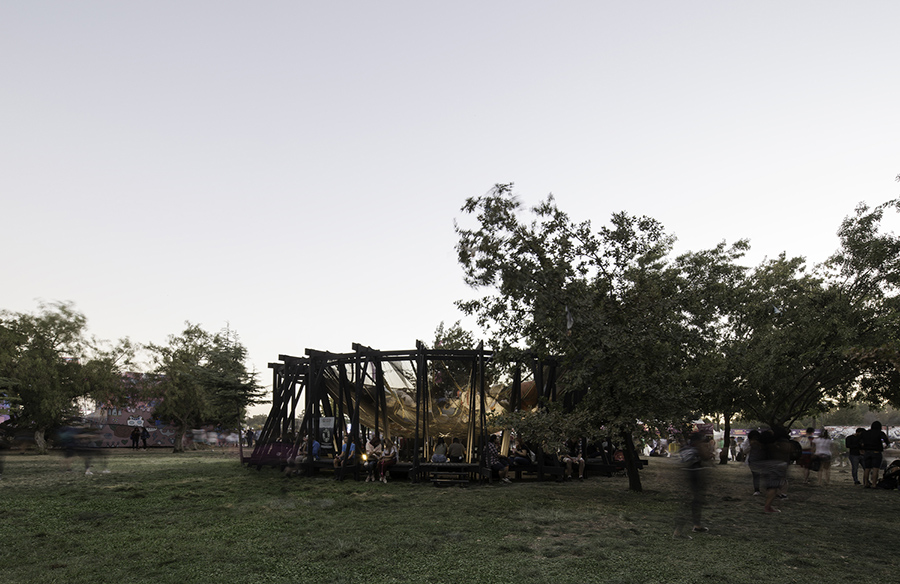
Nestled amidst the scenic expanse of Ranco Lake in Chile, the Ranco Lake Pavilion emerges as a poignant testament to environmental advocacy and artistic expression. Crafted by architect Guillermo Hevia García, this large-scale installation, erected for a music festival within a public park, serves as a stark reminder of the perils of ocean pollution, particularly from disposable plastics.
Unveiling the Raw Truth: A Monument to Pollution Awareness
With an uncompromising vision, the pavilion boldly confronts viewers with the stark reality of marine debris, presenting a visceral tableau of accumulated plastic waste in its unadorned state. Eschewing aesthetic embellishments, the installation immerses spectators in a tangible manifestation of the ecological crisis, igniting dialogue and introspection on the urgent need for conservation efforts.
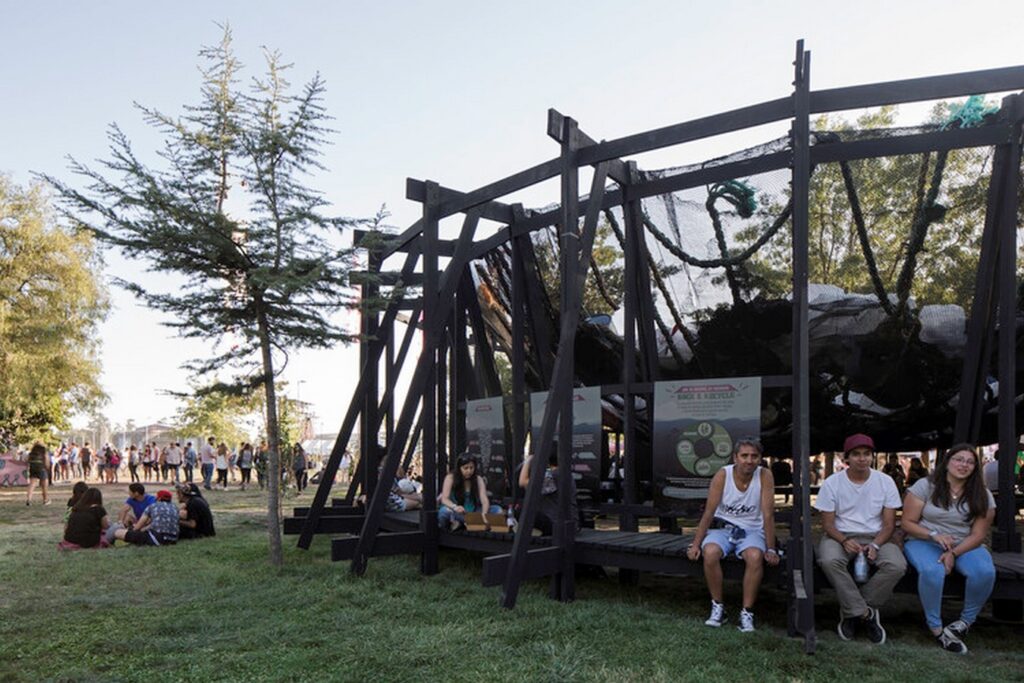
Harnessing Unconventional Form: The Inverted Dome
Central to the pavilion’s design is the striking inverted dome, a transparent canopy suspended above visitors’ heads, symbolizing the looming threat of plastic pollution. Constructed from fishing nets and tensors, the dome encapsulates a ton of discarded waste, serving as a tangible emblem of environmental degradation while evoking a sense of collective responsibility.
Structural Innovation and Sustainability
The pavilion’s wooden framework, inspired by coastal piers, marries form with function, providing both structural integrity and aesthetic cohesion. Configured from repetitive sections, the structure embodies adaptability and ease of assembly, facilitating its seamless integration into diverse environments without generating additional waste.
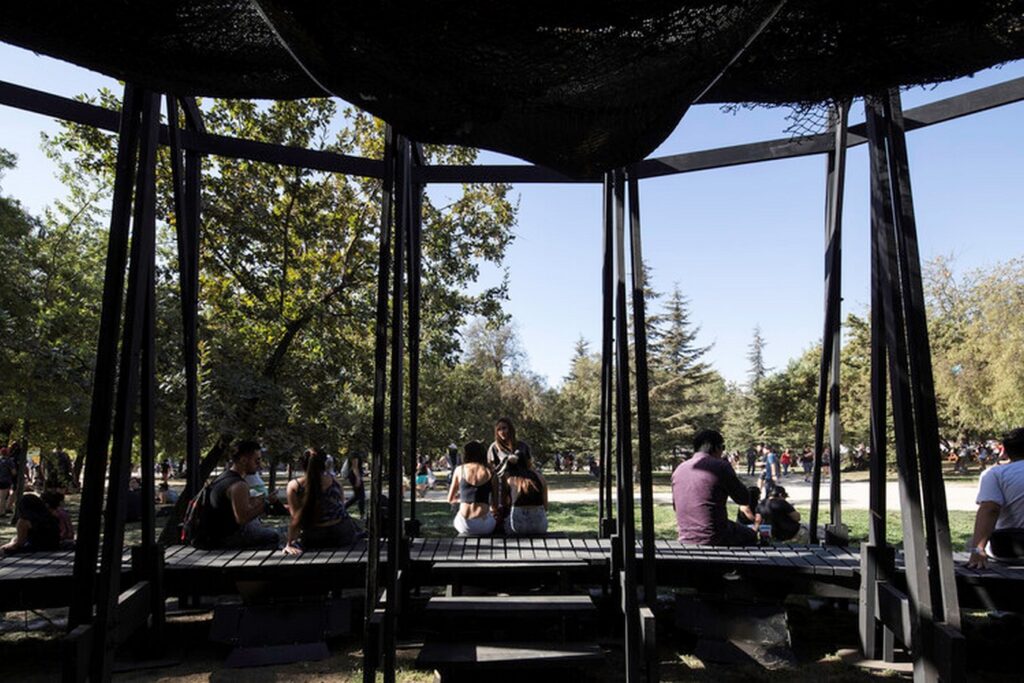
An Oasis of Contemplation and Communion
Amidst the pavilion’s unconventional form lies a space for introspection and community engagement. The circular plan fosters inclusivity and accessibility, inviting visitors to traverse its perimeter or gather beneath the dome, forging connections and fostering dialogue amidst the natural splendor of the park.
A Beacon of Hope Amidst Environmental Crisis
As an unexpected oasis within the park’s landscape, the Ranco Lake Pavilion transcends its role as a mere installation, serving as a catalyst for change and a symbol of resilience in the face of environmental adversity. By harnessing artistry and innovation, Guillermo Hevia García has crafted a monument that not only raises awareness but also inspires collective action in safeguarding our planet’s fragile ecosystems.


